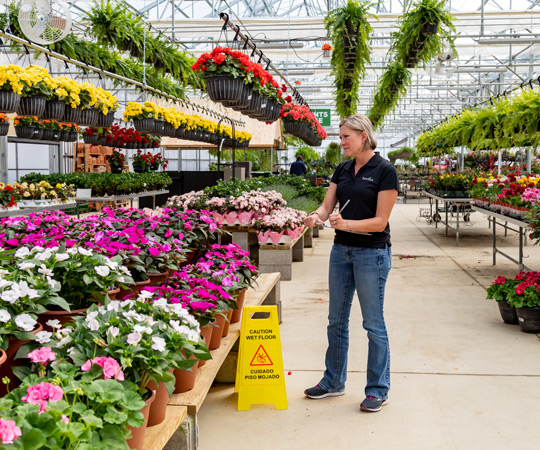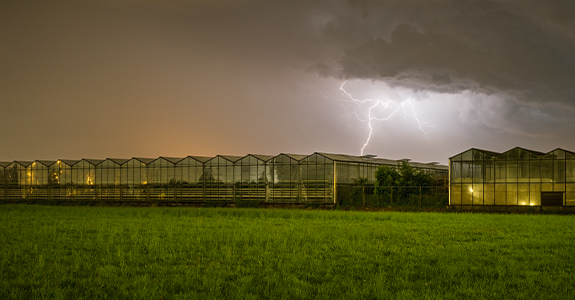5 steps to a successful safety audit

Performing regular safety audits is essential for maintaining a secure and compliant work environment for your horticultural operations. These audits help pinpoint potential hazards in your facility, such as slip and trip risks, chemical exposure threats, and fire dangers.
Many workplace incidents result from overlooked details that a comprehensive safety audit could catch.
Advantages of conducting safety audits
Routine safety audits can provide tangible benefits for your business, workforce, customers, and vendors. Maintaining a safe work environment not only enhances operational efficiency, productivity, and morale, but this also helps prevent workplace incidents and avoid OSHA penalties.
Another important advantage is the reduction in legal liabilities, as fewer workplace incidents translate into fewer workers’ compensation claims.
Preparing for your safety audit
Before initiating your business’s safety audit, it’s essential to take these steps to get ready:
Identify the team
Preferably, put together a diverse mix of stakeholders responsible for conducting the audit. Your staff might see things you don’t because of their daily work activities.

Define the scope
When outlining the scope of your safety audit, look at the common tasks your team performs, and prioritize specific concerns and high-risk situations. Consider jobs that require heavy lifting, as these can lead to injuries and accidents.
Another focus should be areas near ventilation units, boilers, or where flammable or hazardous chemicals are stored.
You should also identify any electrical hazards, such as damaged cords, improper use of extension cords (e.g., using one for permanent use), missing electrical covers, and missing ground fault protection in wet areas.
Review work zones with slip, trip, and fall risks—such as areas with ladders, cords, or wet surfaces. Also carefully assess large machinery in operation to ensure they meet all safety standards.
Compile a comprehensive report
Once the audit is complete, compile your findings into a clear and objective report. For each issue identified, suggest specific corrective actions, allowing leadership to establish a plan that includes goals, timelines, follow-up dates, and assigned responsibilities for implementation.
Management should prioritize actions based on the severity of each hazard and immediately resolve serious safety issues. For instance, if a ladder has a damaged rung, take it out of service and replace it.
You don’t have to do this alone. If you’d like assistance in training resources, claims analyses, workshops, and on-site consultations to help identify and mitigate risks, contact us. We’re here to help you and your business.

Safeguard Your Business From Severe Weather

Help protect your business from cyberattacks

Help protect your horticultural business with risk-relevant insurance coverage
The information in this article is for informational or entertainment purposes only. View our disclaimer by going to terms and conditions and clicking on Learning Center disclaimer in the table of contents.




